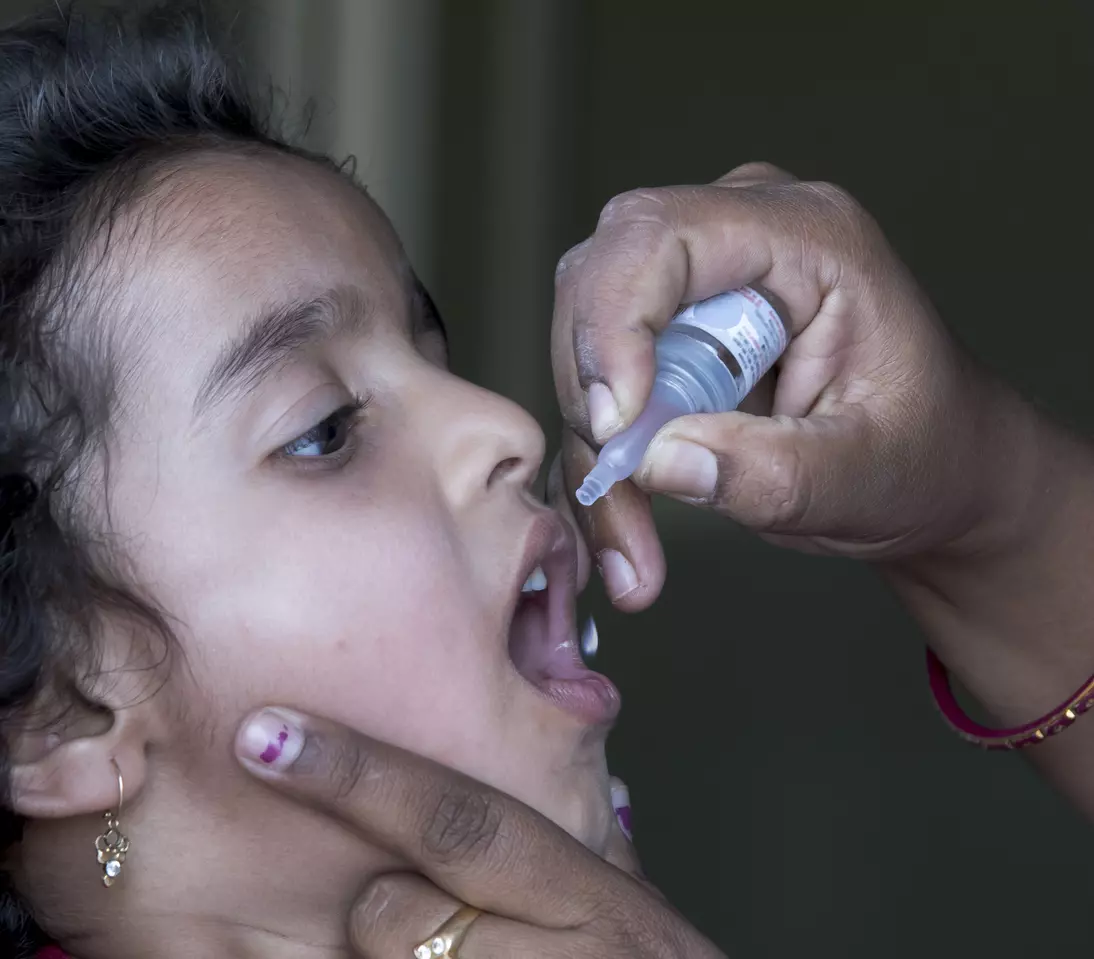
Explainer: What is India's counter to WHO-UNICEF data on zero-dose children?
WHO/UNICEF joint report showed India had the second highest number, 16 lakh children, who have not received any vaccine in 2023; India reacted to the charge, this is what the health ministry said

The World Health Organisation (WHO) and UNICEF on Monday (July 15) released data that showed 16 lakh children in India have not received any vaccine in 2023 and fall under the zero-dose category.
This number meant that India had the second highest number of children in the world, who did not receive any vaccine in 2023, just after Nigeria, which topped the list with 21 lakh zero-dose children.
Other countries behind India are Ethiopia, Congo, Sudan and Indonesia.
India has now reacted to this charge on these latest figures released jointly by WHO/ UNICEF estimates of National Immunisation Coverage (WUENIC), which incidentally provides the world's largest and most comprehensive dataset on immunisation trends for vaccinations against 14 diseases:
Firstly, what is meant by zero-dose children?
Zero-dose children, as defined by WHO, are those who lack access to, or are never reached by routine immunisation services. India is making all efforts to reach these zero-dose children.
What is India's response to WHO/UNICEF estimates?
Calling the comparison "flawed", Union health ministry officials told PTI that WHO and UNICEF estimates have not taken into account India's population, which is many time more than several nations, while comparing children's vaccination data with 19 other countries.
Asserting that India is steadfast in its commitment to reduce the number of zero-dose children, sources said that even though India has the second highest (number of) zero-dose children in the world, this figure accounts for only 0.11 per cent of the country's total population.
"The comparison is flawed as the base population has not been taken into consideration," a source said.
Moreover, among the countries ranked by the number of zero-dose children, ROSA, 2021-2023, India was the first among eight countries with 1,592,000 zero-dose children.
Has India's rank improved from 2021?
The WUENIC data showed however thatIndia's rank improved from 2021 when the country had recorded the highest number of zero-dose children globally at 27.3 lakh.
In which areas are India ahead in vaccination?
India's antigen-wise coverage is better than that of the world average for all antigens for 2023, said the sources.
They said India's DPT 1 (Diphtheria-Tetanus-Pertussis Vaccine), proxy for zero-dose, is 93 per cent whereas the global average is 89 per cent.
"Thus, India is 4 per cent better than the world," the source said.
Moreover, India's DPT3, a proxy for under-vaccinated, is 91 per cent whereas the global average is 84 per cent. Thus, India is 7 per cent better than the world. Besides, India's MCV1 (Measles zero dose) is 92 per cent whereas the global average is 83 per cent.
"Thus, India is 10 per cent better than the world," the source said.
What are India's efforts to reach zero-dose children?
A special zero-dose plan has been made and it is under implementation, the health ministry sources stated.
Which other countries are prioritised by WHO for immunisation?
In the WUENIC data, India is followed by Ethiopia, Congo, Sudan, Indonesia, Yemen, Afghanistan, Angola, Pakistan, Somalia, Vietnam, Madagascar, Mexico, South Africa, Mali, DPRK, China, Guinea and Myanmar.
These 20 countries were prioritised in the context of the Immunisation Agenda 2030 (IA2030), ( an ambitious global strategy to maximize the lifesaving impact of vaccines that, if fully implemented, will save 50 million lives over the next decade) based on their number of zero-dose children in 2021.
China is 18th in the list of the top 20 zero-dose countries while Pakistan is at the 10th position.
What is WHO's message to south-east Asian countries?
The World Health Organisation on Tuesday called on countries in the south-east Asia region to further strengthen efforts at all levels, with tailored approaches at sub-national levels, to identify and immunise unvaccinated and under-vaccinated children.
"We need to find out where and why these children are missed and prioritise reaching them at the earliest. No child should fall sick or die due to a vaccine-preventable disease when safe and effective vaccines exist to protect them against these deadly diseases," said Saima Wazed, regional director, WHO South-East Asia.

